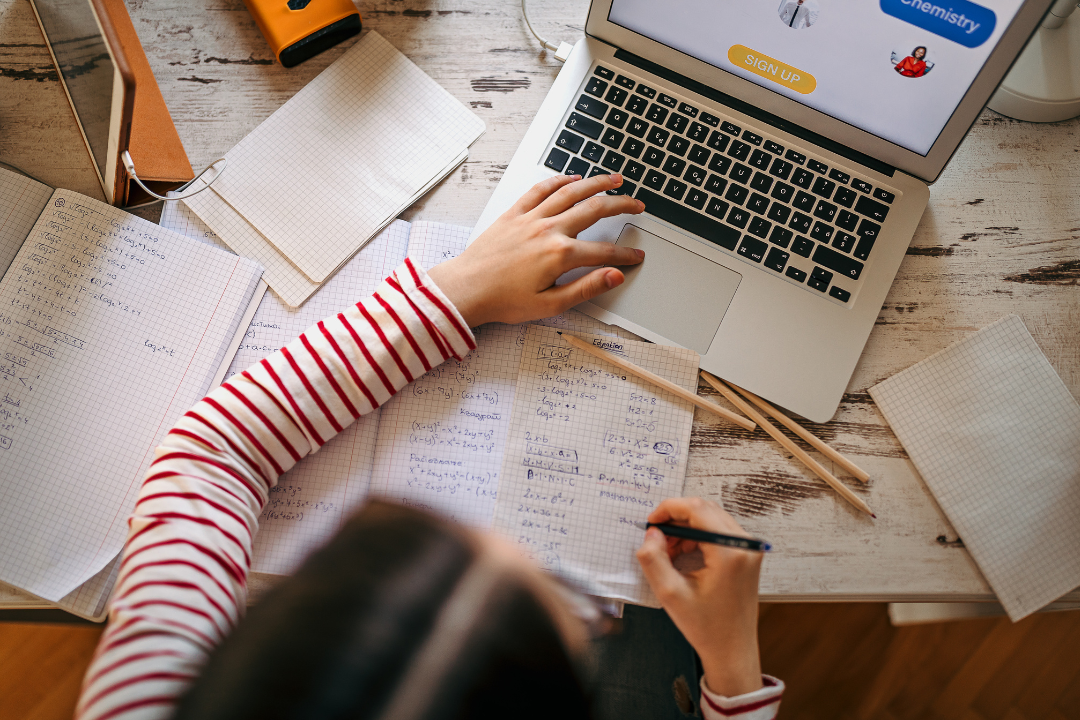AI vs Traditional Learning: Which Is Better for Students?
Learning has evolved significantly in recent years. AI vs traditional learning is now a key topic in education. AI in education tools can personalise lessons, track progress, and give instant feedback, while traditional classrooms focus on teacher guidance, peer interaction, and social skills.
For students and educators alike, understanding the differences between AI and traditional methods helps make better learning decisions.
Introduction to AI in Education
Education has always been the foundation of personal and professional growth, but the way students learn is changing rapidly. Today, AI in education is transforming classrooms, homework, and exam preparation. Instead of depending only on textbooks and traditional classrooms, students now have access to smart learning apps, virtual tutors, and personalised lessons designed by artificial intelligence.
This shift raises an important question: will AI in education replace traditional learning, or can both methods work together to create a better learning experience for students?
Benefits of AI in Education for Learning
AI in education makes learning easier and smarter. It gives personalised lessons, offers flexible study anytime, provides instant feedback, ensures equal access to quality education, and helps track student progress with motivation tools.
What Is Traditional Learning?
Traditional learning involves classroom-based teaching, textbooks, lectures, and exams. Students follow a fixed schedule, and teachers guide them through lessons.
Advantages of Traditional Learning
-
Teacher Guidance: Teachers explain difficult topics and answer questions immediately.
-
Routine and Discipline: Fixed schedules help maintain consistency.
-
Social Skills: Interaction with peers improves communication and teamwork.
-
Life Lessons: Teachers often share values, responsibility, and discipline alongside academics.
Disadvantages of Traditional Learning
-
One-Size-Fits-All Approach: Every student learns differently, but classrooms often use a standard method.
-
Limited Flexibility: Fixed timings restrict self-paced learning.
-
Dependent on Teacher Quality: The effectiveness of learning depends on the teacher.
-
Accessibility Issues: Students in remote areas may lack access to quality education.
What is AI-Powered Learning?
AI in education refers to the use of artificial intelligence tools to make learning personalised. For example, AI apps can analyse performance, suggest exercises, and adjust lessons to a student’s pace.
In addition, if a student struggles in maths but excels in biology, AI will give extra maths practice while reducing biology exercises.
Advantages of AI-Powered Learning
-
Personalised Lessons: Learning adapts to the student’s pace and abilities.
-
Flexible Learning: Students can study anytime and anywhere.
-
Instant Feedback: Mistakes are corrected immediately, speeding up understanding.
-
Access for All: Students in small towns can access high-quality lessons.
-
Progress Tracking: AI monitors strengths and weaknesses.
Disadvantages of AI-Powered Learning
-
No Emotional Connection: AI cannot motivate or mentor students like teachers.
-
Screen Time Issues: Long hours on devices can reduce focus and creativity.
-
Device & Internet Requirement: Students need reliable devices and internet.
-
Privacy Concerns: Over-reliance may raise security and dependency issues.
AI vs Traditional Learning: Quick Comparison
| Feature | Traditional Learning | AI-Powered Learning |
|---|---|---|
| Teaching Style | Teacher-led | Student-focused, adaptive |
| Flexibility | Fixed timetable | Learn anytime, anywhere |
| Interaction | Face-to-face | Mostly online |
| Feedback | After exams | Instant feedback |
| Skills Learned | Academics + social skills | Mainly academics |
| Motivation | Teacher encouragement & peer competition | Gamified rewards |
| Accessibility | Depends on location | Global if internet is available |
| Cost | Can be expensive | Usually affordable, devices needed |
Which Learning Method is Better?
When comparing AI vs traditional learning, the answer depends on the student’s goals:
-
Exam Preparation (JEE, NEET, etc.): AI works best because it provides adaptive practice and instant doubt-solving.
-
Personal Growth: Traditional learning develops discipline, social skills, and teamwork.
-
Access to Resources: AI brings world-class content to students everywhere.
-
Creativity and Critical Thinking: Classroom discussions encourage problem-solving better than AI alone.
Blended Learning: Combining the Best of Both
The ideal solution is blended learning, which combines AI tools with classroom teaching.
How Blended Learning Works
-
Practice at Home: Students use AI apps for exercises, quizzes, and progress tracking.
-
Guidance in Class: Teachers use AI reports to help students where they struggle.
-
Interactive Activities: Classroom projects, debates, and group work improve creativity and teamwork.
As a result, blended learning allows AI to handle adaptive practice and progress tracking, while teachers focus on mentoring, motivating, and inspiring students.
Why Blended Learning Works Best
-
Personalised Learning: AI adapts to the student’s pace, and teachers ensure no one falls behind.
-
Balanced Skills: Academics come from AI, while social and life skills come from classroom activities.
-
Equal Opportunities: Students in remote areas gain access to high-quality lessons.
-
Efficient Learning: Instant feedback saves time and reduces repeated mistakes.
-
Motivation & Creativity: Teachers inspire curiosity and critical thinking—something AI alone cannot fully provide.
Conclusion
Choosing between AI vs traditional learning doesn’t have to be exclusive. Blended learning combines the strengths of both methods:
-
AI Learning: Personalised lessons, flexible schedules, instant feedback, and global access.
-
Traditional Learning: Builds discipline, teamwork, social skills, and creativity.
Together, they create a complete learning experience, preparing students for exams and life beyond school. Just like calculators didn’t replace maths teachers, AI supports teachers instead of replacing them.
Therefore, using both approaches helps students learn smarter, faster, and more effectively.

